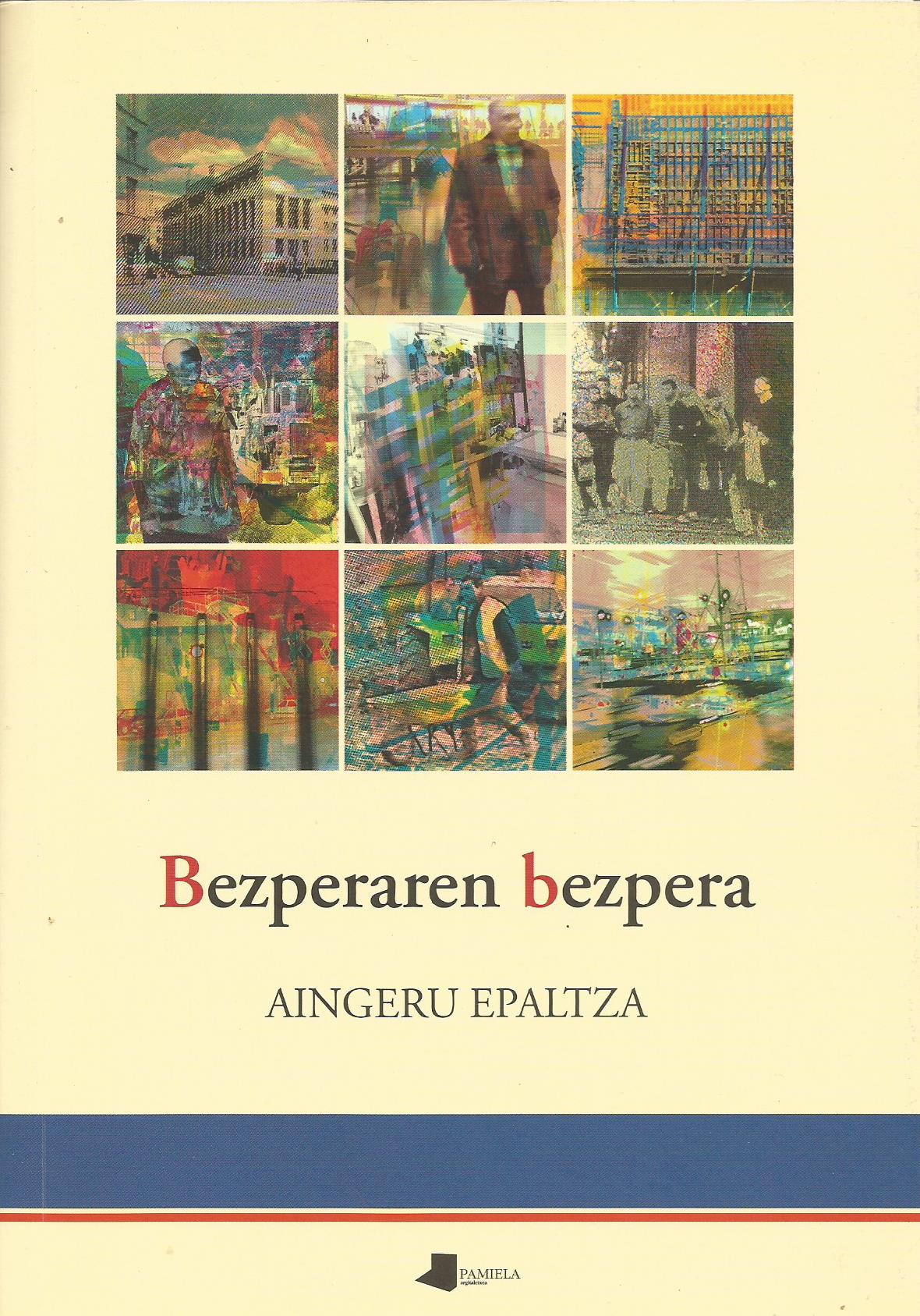

I remember that I proposed it to the cultural supplement that I was working on at that time, to comment on the eve of the Eve. The reason it was not made was time, that the book was not the novelty of the novelty – in spring I wanted to comment that came out for Durango, the usual thing. I devoured the reason, of course, but now, when I read the book, I think of the reason it can be. Aingeru Epaltza’s first attempt – after no more – was made by Xabier Mendiguren, a writer who wrote all the good books. Jon Kortazar says that “we should accept it as the author’s intellectual autobiography,” although perhaps the most concrete thing is to admit it as a political autobiography. Yes, I agree with the opinion of the critic: Epalza does it with mastery.
From the time when the armed struggle was “the most important mark of the Basque for me and others like me”, until the time when it is warned “of the collateral damage that the armed actions brought to the Basque Country and to the Basque culture”, Epalza is a rigorous political account of the interval between Franco’s death and the publication of the book, aware that “we are on the eve of the end of a time”. Or the day before the day before.” Epalza shows us the landscape in the framework of battle, a landscape that is often desolate – “It seems that because of the desire to build the Basque Country, we have not been able to consolidate the foundation of the Basque Cultural, Economic and Social People” – a landscape that is not always entirely correct – “The gods here are no one for Endarlatsa”; Epaltza himself will also give clear proof of it – if any. But very honored. “Today, the inhabitants of both communities are too far away politically. The analysis of the factors that have influenced this distance is entirely personal, among others, these pages.”
Among other things, because being political memories written by a writer, the informative notes on literature could not be lacking: “Except for exceptions, the novels entangled in our bloody work are written by Basque writers, not Castilian speakers.” But above all we find the narrative of landscape in the framework of battle, which is undoubtedly seen from the landscape next to battle.